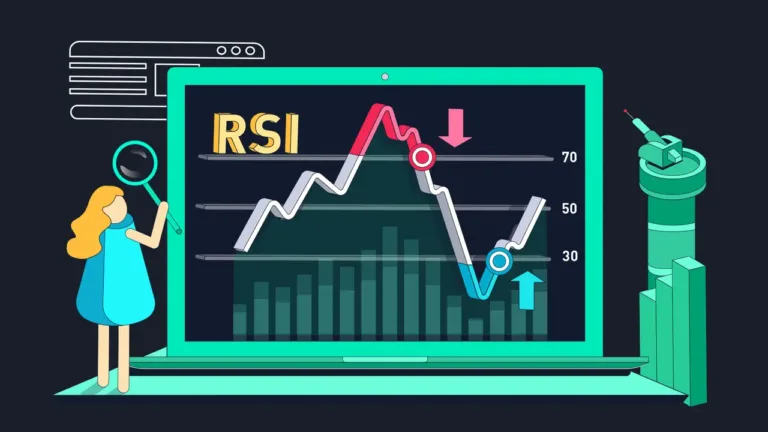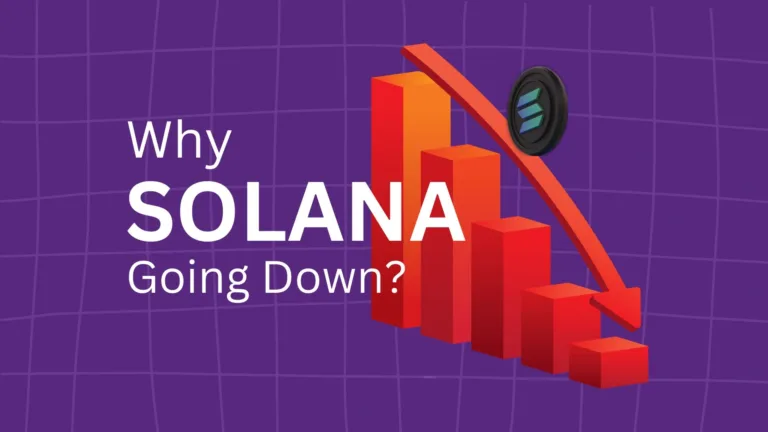Can Chainlink Reach $5000?
Envisioning Chainlink at $5,000 per token demands confronting staggering scale: a $2.935 trillion market capitalization, protocol mastery across industries, and seismic shifts in global finance.
Such a valuation would require Chainlink to transcend current DeFi oracle roles, become a universal data backbone, and outpace every competitor, all while navigating regulatory maelstroms.
This article neutrally unpacks the hypothetical conditions, technical impossibilities, institutional milestones, and risk factors that would need to align for LINK’s most audacious milestone.
Key Takeaways:
Hide- PricePrediction.net: Projects LINK max $212 by 2030; underscores realistic ceiling. (Source: Changelly)
- DigitalCoinPrice: Forecasts LINK up to $113 by 2030, far below $5,000. (Source: Changelly)
- BTCC Knowledge: Notes extreme market-cap gap, $2.9 trillion needed for $5,000 LINK. (Source: btcc.com)
- StealTheX: Highlights tokenomics constraints, no burn, inflationary issuance limits upside. (Source: stealthex.io)
Chainlink Price Prediction to Hit $5,000

Pushing Chainlink from today’s sub-$20 levels to $5,000 hinges on transformative adoption, protocol innovation, and unprecedented capital flows.
Key prerequisites include DeFi oracle monopoly, CCIP ubiquity, trillion-dollar real-world asset tokenization, and AI-grade data services.
Each represents a radical departure from present realities and underscores why $5,000 LINK remains firmly in black-swan territory.
DeFi Oracle Monopoly
Chainlink must secure exclusive oracle status for the top decentralized lending, derivatives, and insurance platforms, aggregating over $100 billion in TVL.
Dominance would require outcompeting Band Protocol, API3, and others through superior security guarantees, service-level commitments, and regulatory compliance, effectively making LINK the sole trusted data provider in DeFi.
CCIP as the Universal Bridge
LINK’s Cross-Chain Interoperability Protocol must evolve into the de facto standard, seamlessly transferring more than $50 billion daily across Ethereum, Solana, Polkadot, Avalanche, Cosmos, and Layer-2 networks.
That volume would generate sustained fee revenue, lock up vast token reserves, and forge network effects powerful enough to underpin multi-trillion-dollar valuations.
Trillion-Dollar RWA Tokenization
Chainlink (LINK) must spearhead real-world asset tokenization at unprecedented scale, partnering with BlackRock, Fidelity, or sovereign wealth funds to tokenize over $1 trillion in real estate, equities, debt, and commodities.
Achieving institutional trust, regulatory approval, and seamless custody/oracle integration would cement LINK’s role as the backbone of TradFi’s blockchain evolution.
AI and IoT Data Layer
Beyond price feeds, Chainlink must become the essential data fabric for AI and IoT applications.
Securing partnerships with AI leaders to supply verifiable, low-latency data for machine learning, autonomous systems, and decentralized AI marketplaces would embed LINK in mission-critical infrastructure, unlocking high-margin revenue streams far beyond finance.
Market-Cap Everest
At $5,000, LINK’s market cap would be $2.935 trillion, surpassing Bitcoin’s peak and eclipsing most national GDPs.
No asset has ever absorbed capital at such scale without becoming a global monetary standard.
This gulf underscores the near-impossibility: even a prolonged bull run and full DeFi maturation fall orders of magnitude short.
Technical Mirage
No credible chart pattern supports a $5,000 target.
Required signals would include sustained weekly golden crosses, RSI above 80 for months, and breakouts above successive resistance at $100, $500, and $1,000 with exponential volume.
Currently, LINK trades in single-digits to low-double digits; bridging to four-figure territory contradicts all historical precedent.
Institutional Validation
Minor allocations by Grayscale or pilot projects with DTCC offer glimpses of institutional interest, but far from the deep on-balance-sheet commitments needed.
True validation would mean dedicated LINK funds at major asset managers, pension plan investments, and central-bank experimental deployments.
To date, no regulator or institution has signaled intent at such scale.
Tokenomics Constraints
With 1 billion LINK total supply and no burn mechanism, demand must vastly outstrip inflationary issuance to drive price.
Even aggressive staking that locks 50% of supply leaves hundreds of millions in circulation.
Without fundamental changes, such as token burns or buy-backs, supply dynamics alone preclude multi-thousand-dollar valuations.
Systemic Risks
- Oracle Competition: Rival networks (Band, API3, UMA) intensify feature races and price pressures.
- Regulatory Crackdown: Stricter DeFi oversight or oracle licensing could choke institutional on-ramps.
- Technical Failures: Any major exploit or downtime would shatter confidence and reverse gains.
- Macro Shocks: Global recession or fiat resurgence could dry up speculative capital.
Considerations for Extreme Chainlink Speculation
Even theorizing $5,000 LINK demands rigorous guardrails. These considerations help manage ruin-risk when confronting an outcome that lies beyond empirical probability.
- Milestone-Based Funding: Allocate only after Chainlink dominates one top DeFi protocol and CCIP processes >$1 billion.
- On-Chain Metrics: Rely on oracle request growth, CCIP volume, and RWA issuance as objective adoption gauges.
- Strict Position Sizing: Limit LINK exposure to <1% of portfolio given tail-risk.
- Stop-Loss Discipline: Set stops below crucial support (e.g., $14) to cap downside.
- Competitive Hedge: Hold small stakes in rival oracles to offset protocol-specific failure.
- Regulatory Monitoring: Track SEC, EU MiCA, and major central-bank statements on oracles/DeFi.
- Ten-Year Horizon: Expect multi-cycle timeline; $5,000 LINK likely lies beyond a single market cycle.
The Potential of Chainlink to Hit $5,000
Chainlink at $5,000 remains a theoretical extreme, requiring oracle monopoly, CCIP ubiquity, $1 trillion RWA tokenization, AI-data predominance, and a $2.9 trillion market cap.
Technical charts offer no pathway; institutional endorsements are nascent. Tokenomics lack deflationary mechanics.
While the scenario sharpens understanding of LINK’s growth levers, it underlines the implausibility of a five-figure price.
More realistic targets lie in the low-double digits under bull-market conditions; $5,000 remains a crypto-fantasy benchmark, not a forecast.







